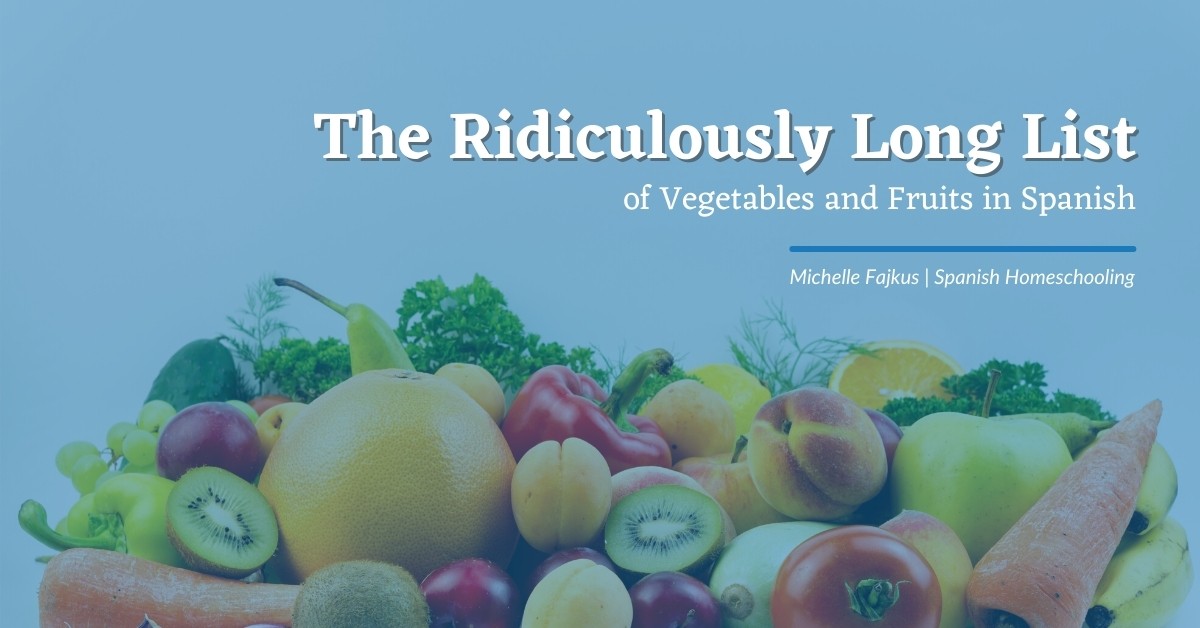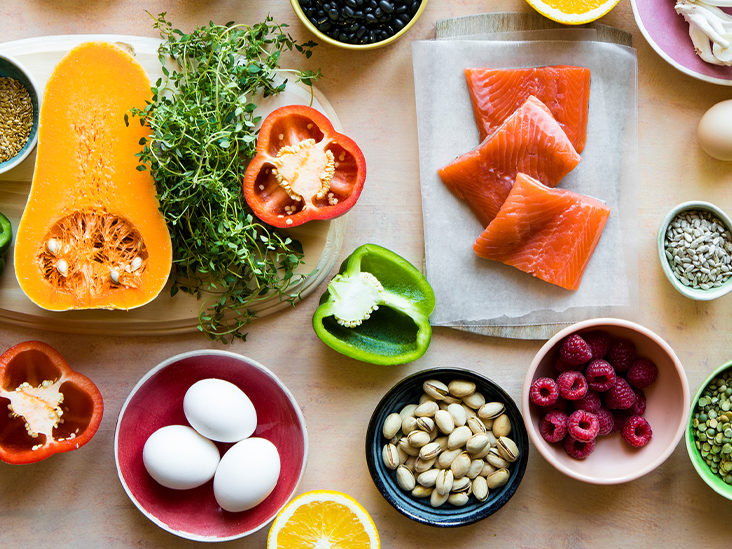
Many young adults today work long hours and are under a lot stress. They also tend to eat junk food and unhealthy fast foods, which can adversely affect their health. Many women become pregnant early in their 20s because this is when their bodies need more nutrients. In sufficient quantities, pregnant women should consume iron, calcium and proteins. Balance of other micro- and macronutrients must also be maintained.
A diet high in vitamins and minerals is necessary to maintain women's health. Vitamins C, E, and B are essential for these important stages. These nutrients can be found as phytoestrogen, which can aid in mood swings. Vitamin D and B6 are both beneficial to women's health. Menopausal women may need to supplement their hormones.

Women's health is best when they eat the right foods at the right times. At least half of your grains should be consumed. Dairy products such as yogurt, cheese and other dairy products must be free of fat. Fortified soy products are an option for people who are lactose sensitive. You should also eat a variety healthy foods, such as nuts and seeds, that are rich in protein. You should stock up on healthy snacks, especially if your goal is to conceive.
Another important aspect of a good diet for women's health is calorie intake. Avoid high-calorie foods. As a result, you may experience weight gain, acne, or a variety of other problems. The best diet for women's overall health focuses on specific areas like diabetes prevention and heart disease prevention. You will be amazed at how simple it is to get started with a diet designed for women's well-being.
There are many things to consider when you plan a diet for women’s health. First of all, you should be aware of your body's requirements for iron. For example, a woman needs twice the iron that a man does, and a man requires nineteen mg daily. This is the reason vegetarian diets are so beneficial for women. Vegetarian diets not only have low-fat and high fiber content, but they are also rich in vitamins & minerals.

There are many books available on healthy eating for women. But the CSIRO Women's Health Guide focuses exclusively on the benefits and advantages of eating a variety. It features 80 recipes and is organized into three sections: easy weekday recipes and more complicated ones for the weekends. For a healthy lifestyle, it is important to have a copy in print or digital.
FAQ
What is the best way to eat?
There are many factors that influence the best diet, including your gender, age, weight, health condition, lifestyle, and personal preferences. You should also consider how much energy your exercise consumes, whether you like low-calorie or high-calorie foods, and what you enjoy in terms of eating fruits and veggies.
Intermittent Fasting is an alternative to traditional fasting if you are looking to lose weight. Intermittent fasting involves consuming only specific meals throughout the day, rather than having three large meals. This approach may prove to be more beneficial than traditional diets that have daily calorie counts.
Intermittent fasting has been shown to improve insulin sensitivity, reduce inflammation and lower the risk of developing diabetes. Other research suggests that intermittent fasting may promote fat loss and improve overall body composition.
What is the most healthful lifestyle?
Healthy lifestyles include eating healthy food, regular exercise, good sleep, and avoiding stress. These guidelines will help you live a long, healthy life.
It's easy to start small with your exercise and diet. Try walking for 30 minutes each day to lose weight. For more activity, you can try swimming or dancing. A Fitbit or Strava online program that tracks your activity can be joined.
Increase immunity with herbs or supplements
To boost immunity function, herbs and natural remedies are available. Examples include ginger, garlic and oregano oils, echinacea, vitamin C, ginkgo loba, and echinacea.
However, these herbal remedies should not replace conventional medical treatment. These herbal remedies can cause nausea, vomiting, stomach cramps or dizziness.
Exercise: Good and bad for immunity?
Exercise is good for your immune system. Exercise increases white blood cell production, which helps fight off infection. Your body also gets rid of toxins. Exercise can prevent diseases such as cancer and heart disease. It also reduces stress levels.
Exercising too often can cause your immune system to be weaker. Exercising too hard can make your muscles sore. This can lead to inflammation and swelling. In order to fight infection, your body must produce more antibodies. This can lead to allergic reactions and other autoimmune disorders.
So, don't overdo it!
What's the difference between a virus & a bacterium?
A virus is a microscopic organism that cannot reproduce outside its host cell. A bacterium is an organism that splits itself in two. Viruses have a very small size (about 20 nanometers), while bacteria is larger (up to one micron).
Viruses can be spread by contact with bodily fluids containing infected substances, such as saliva, urine and semen. Bacteria are usually spread through direct contact with contaminated objects or surfaces.
Viruses can get into our bodies through cuts and scrapes on the skin, bites, and other injuries. They can also enter the body through the mouth, nose, eyes and ears, vaginal, rectum or anus.
Bacteria may enter our bodies through cuts and scrapes on our skin, burns, insect bites, and other wounds. They may also come into our bodies through food, water, air, soil, dust, or animals.
Both bacteria and viruses cause illness. Viruses can not multiply within the host. Viral infections can only cause diseases in living cells.
Bacteria can cause illness by multiplying in the body. They can infiltrate other parts of the body. Antibiotics are needed to eliminate them.
How often should I exercise?
For a healthy lifestyle, exercise is vital. You don't have to exercise for a certain amount of time. Finding something that you love and sticking with it is the key.
When you exercise three times per week, aim for 20-30 minutes moderate intensity. Moderate intensity means that your muscles will continue to work hard even after you finish. This type of workout burns around 300 calories.
For those who prefer to walk, you can go for 10-minute walks four times a week. Walking is low-impact and easy on the joints.
Jogging three times a week for 15 mins is enough if you want to run. Running is an excellent way to lose weight and tone your muscles.
If you're not used to exercising, start slowly. Begin by only doing 5 minutes of cardio five times per week. Gradually increase the time you do cardio until your goal is reached.
Statistics
- WHO recommends reducing saturated fats to less than 10% of total energy intake; reducing trans-fats to less than 1% of total energy intake; and replacing both saturated fats and trans-fats to unsaturated fats. (who.int)
- The Dietary Guidelines for Americans recommend keeping added sugar intake below 10% of your daily calorie intake, while the World Health Organization recommends slashing added sugars to 5% or less of your daily calories for optimal health (59Trusted (healthline.com)
- In both adults and children, the intake of free sugars should be reduced to less than 10% of total energy intake. (who.int)
- Extra virgin olive oil may benefit heart health, as people who consume it have a lower risk for dying from heart attacks and strokes according to some evidence (57Trusted Source (healthline.com)
External Links
How To
What does "vitamin" actually mean?
Vitamins are organic compounds naturally found in food. Vitamins allow us to absorb nutrients from food. The body cannot make vitamins; therefore, they must be obtained from food.
There are two types vitamins: water soluble or fat soluble. Water-soluble vitamins dissolve in water easily. Vitamin C,B1(thiamine), B2 (2riboflavin), and B3 (3niacin), as well as vitamin C,B1, B2 (riboflavin), and B3 (niacin), vitamin B6 (pyridoxine), vitamin folic acid (biotin), pantothenic, and choline are examples. The liver and fatty tissues are home to fat-soluble vitamins. You can find vitamin D, E K, A, beta carotene, and other fat-soluble vitamins.
Vitamins are classified according their biological activity. There are eight major groups of vitamins:
-
A - Essential for healthy growth and health maintenance.
-
C is important for nerve function and energy production.
-
D - Vital for healthy bones and teeth
-
E - Required for good vision & reproduction
-
K - required for healthy muscles and nerves.
-
P – vital for building strong bones.
-
Q - Aids digestion and iron absorption
-
R - necessary for making red blood cells.
The recommended daily allowance of vitamins (RDA), varies according to age, gender, physical condition, and other factors. The U.S. Food and Drug Administration (FDA) sets the RDA values.
For adults aged 19 and older, the RDA for vitamin B is 400 micrograms daily. For fetal development, pregnant women need 600 mg per day. Children ages 1-8 require 900 micrograms per day. For infants younger than one year, 700 micrograms are required daily. However, this number drops to 500 micrograms each day for children aged 9-12 months.
Children between the ages 1--18 years old who are overweight or obese require 800 micrograms per Day, while those who are overweight or obese need 1000 micrograms. To meet their nutritional needs, children underweight and obese require 1200 micrograms a day.
Children ages 4-8 years who have been diagnosed with anemia need 2200 micrograms per day of vitamin C.
2000 micrograms is the minimum daily intake for adults over 50 years old to maintain good health. Women who are pregnant or breastfeeding need 3000 micrograms per day due to increased nutrient requirements.
Adults over 70 need 1500 micrograms daily, as they lose 10% of their muscle every ten years.
Women who are pregnant or nursing need more than the RDA. Pregnant woman need 4000 micrograms daily in pregnancy, and 2500 per day after childbirth. Breastfeeding mothers need 5000 micrograms per day when breast milk is being produced.